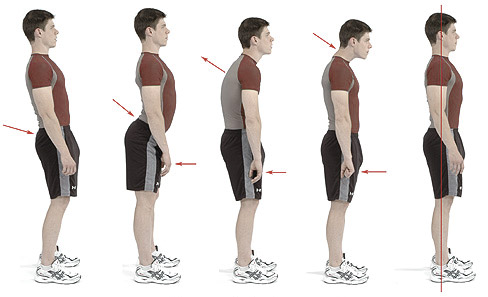Lower Back Advice:
Practicing good back Habits
Practicing Good Back Habits
Good back habits can help you keep your spine healthy and pain-free. Learn correct posture and body mechanics, and perform stretches and exercises to strengthen your back. We can also advise you on topics, such as nutrition and stress management, that will help you further improve your health.
Posture and body mechanics
See the Do’s and Don’ts below for help practicing good posture and body mechanics.


 Posture refers to the way you hold your body. Whether you’re sitting or standing, your posture affects your spine’s alignment. Poor posture puts extra pressure on the spine, which can lead to back pain and other problems. To improve your posture, stand straight and maintain the curves of your spine. This means keeping your chin level, your shoulders back, and your stomach muscles pulled in towards your spine
Posture refers to the way you hold your body. Whether you’re sitting or standing, your posture affects your spine’s alignment. Poor posture puts extra pressure on the spine, which can lead to back pain and other problems. To improve your posture, stand straight and maintain the curves of your spine. This means keeping your chin level, your shoulders back, and your stomach muscles pulled in towards your spine